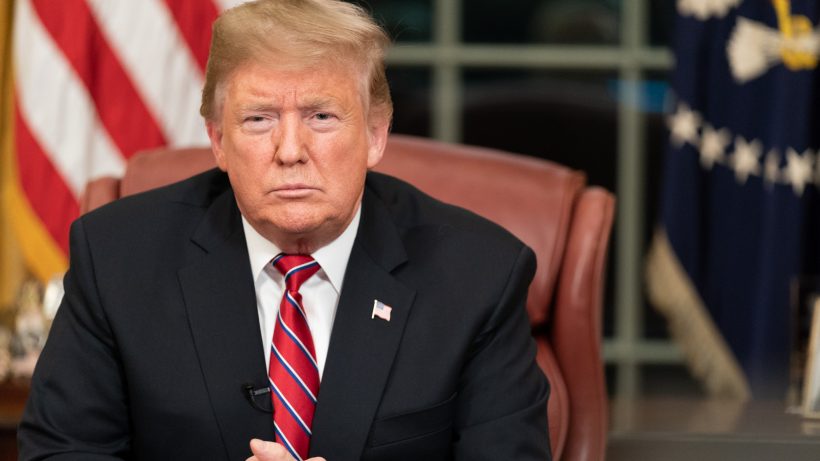This article summarizes the 10 reasons against new tariffs of Donald Trump on Mexico.
It is a compilation of arguments presented by various analysts who are in favor of the benefits of productive integration in North America.
Reasons against new tariffs
Violation of the USMCA
The Treaty between Mexico, the United States and Canada (USMCA) commits the three economies to not charge tariffs in their exchange of practically all their products. This opening process began in January 1994, with the North American Free Trade Agreement (NAFTA), which was replaced in July 2020 by the USMCA.
Production sharing
As the three North American nations deepened their trade liberalization, they created a more specialized and complementary production structure, with a growing trend toward production sharing.
Comparative advantages
Asia is the most dynamic region in the world in economic terms, with great competitiveness in the production of goods, so the best way to compete with that continent is through the union of the comparative advantages of Mexico, the United States and Canada.
Trade war
The United States is facing a trade-technological war with China, so it requires synergies with its two main trading partners (Mexico and Canada) to better compete.
Logistics costs
As the United States establishes more value chains in North America, it will reduce its logistics costs.
U.S. FDI
The United States would hurt U.S. companies with U.S. capital established in Mexico and exporting to the United States. About 40% of all Foreign Investment (FDI) inflows to Mexico are of U.S. origin.
Labor
Mexico offers the cheapest labor in North America, but also the most competitive. Its young population, manual dexterity and high number of technicians and engineers reinforce its advantage.
Intellectual Property
Unlike China, Mexico is a reliable partner for the United States in intellectual property. It does not implement theft practices in this area.
Complementary economies
In addition, the two economies complement each other. Mexico excels in manufacturing and agricultural production, while the United States leads in the services sector.
Cultural ties
The two nations have strong cultural, social, historical and educational ties.

